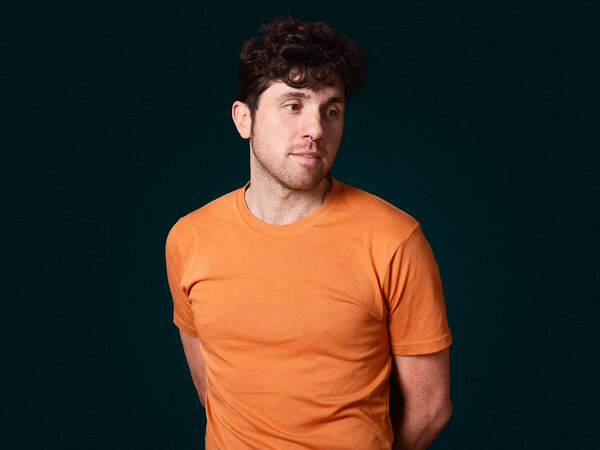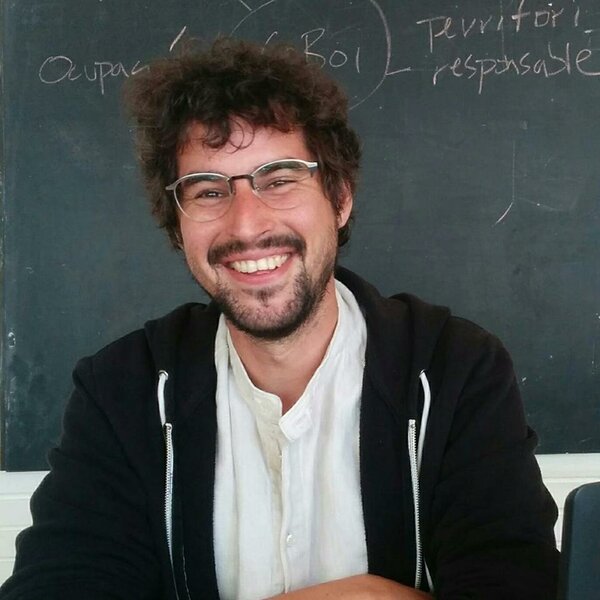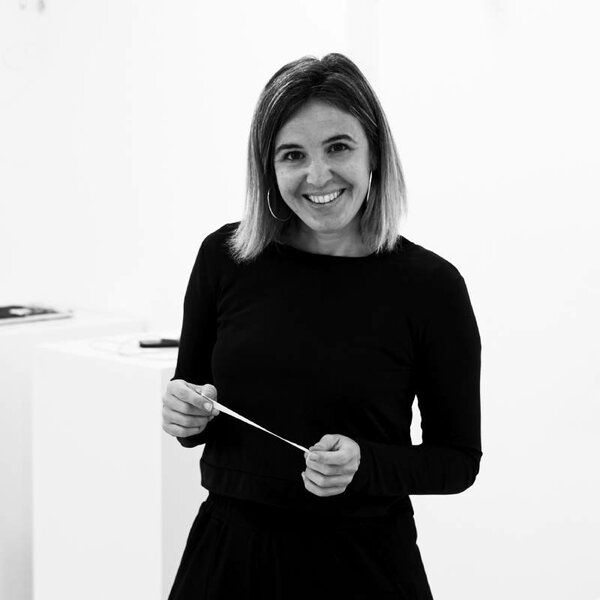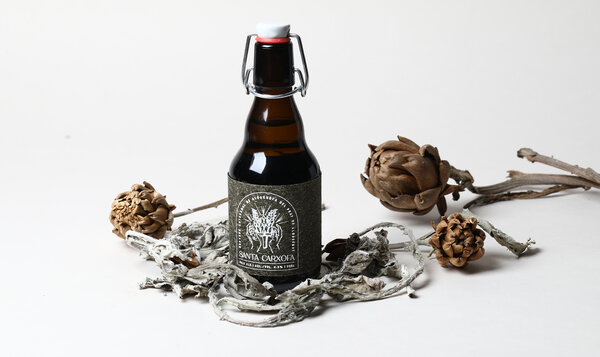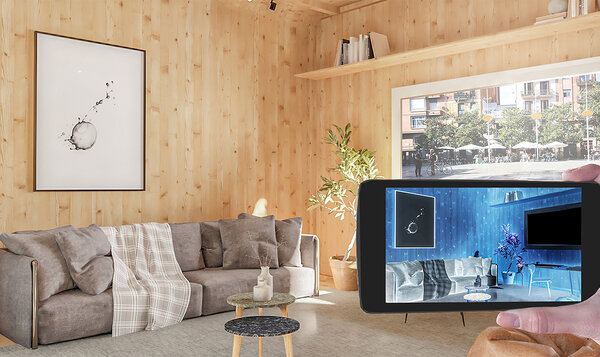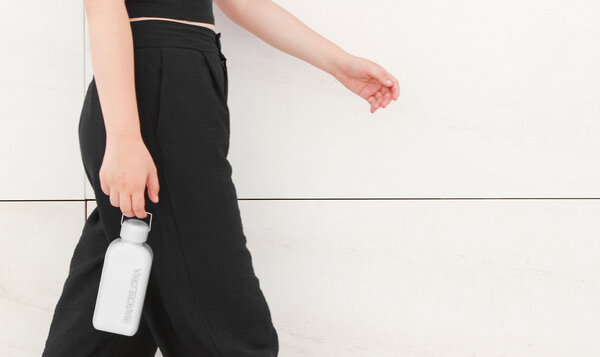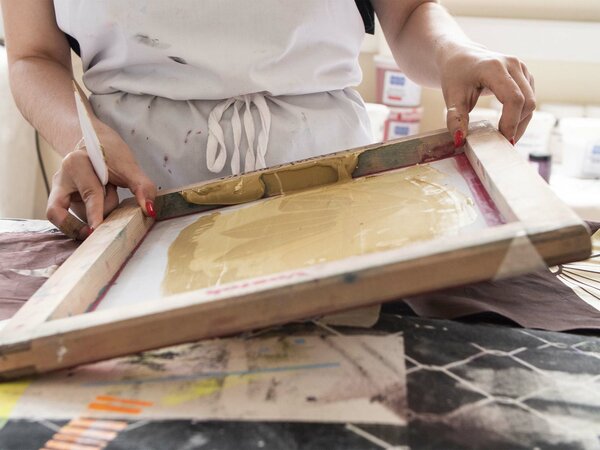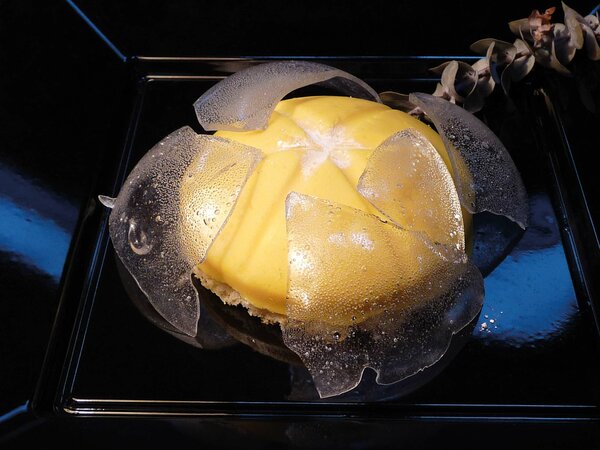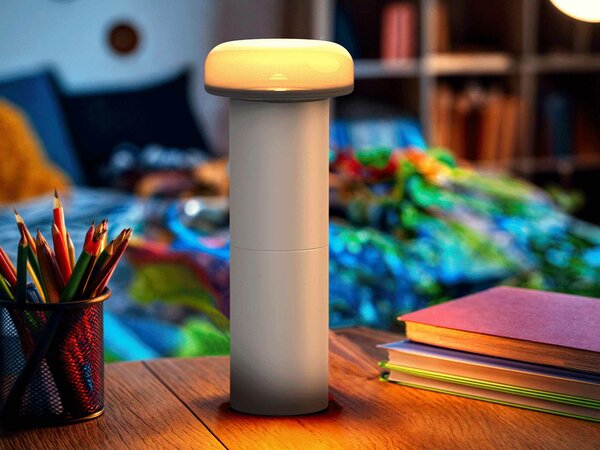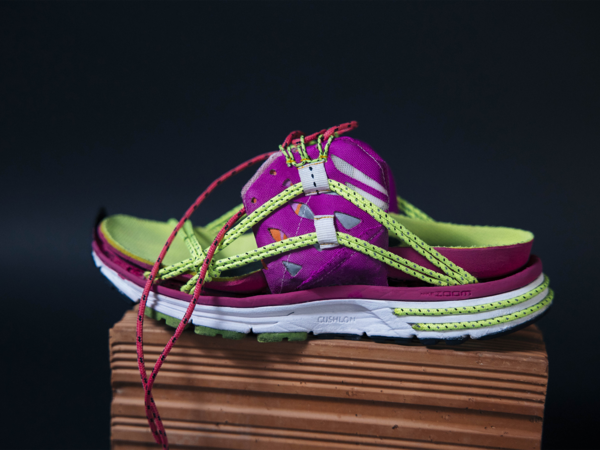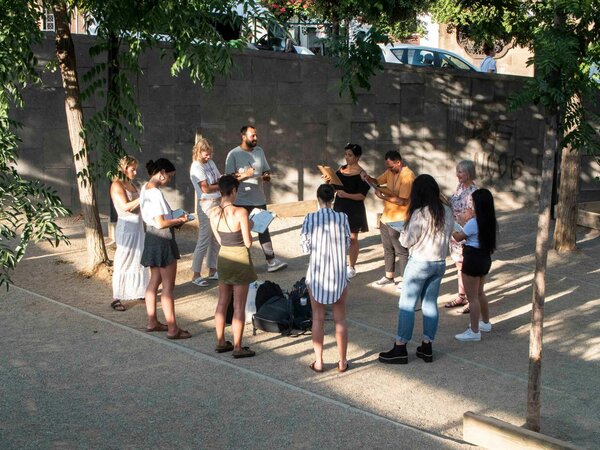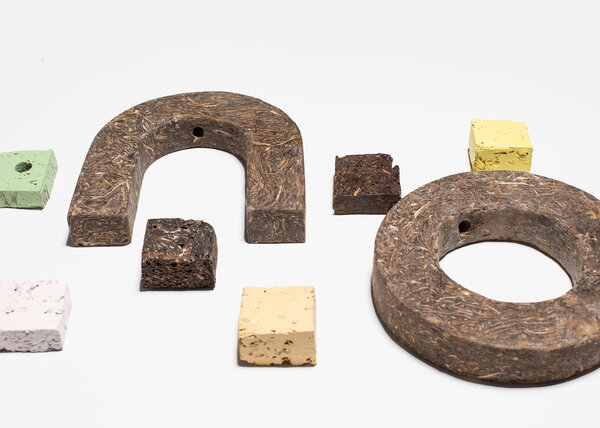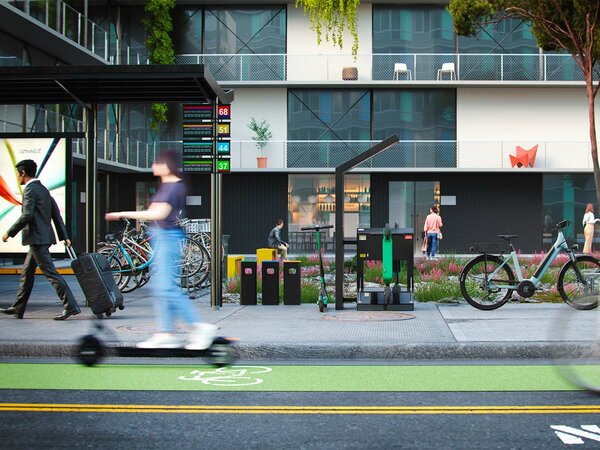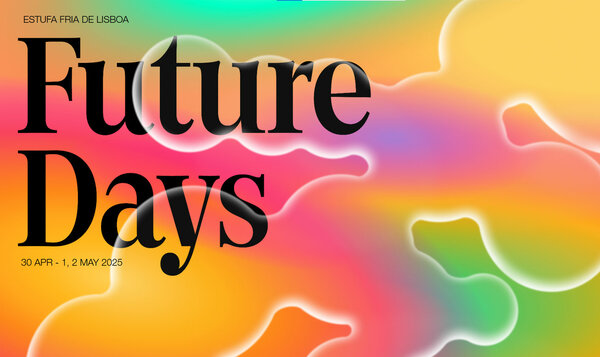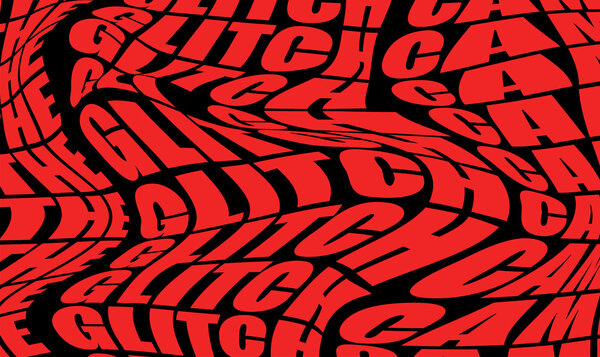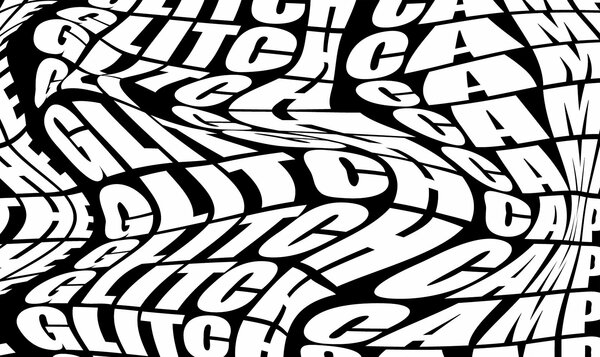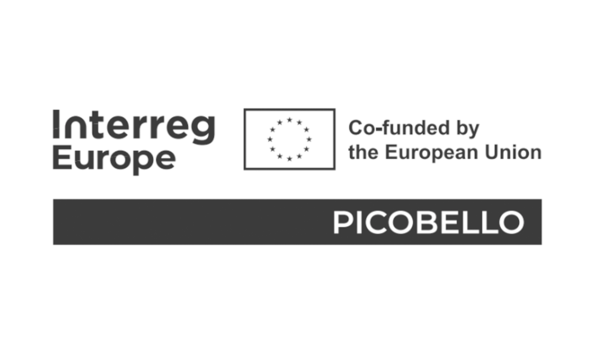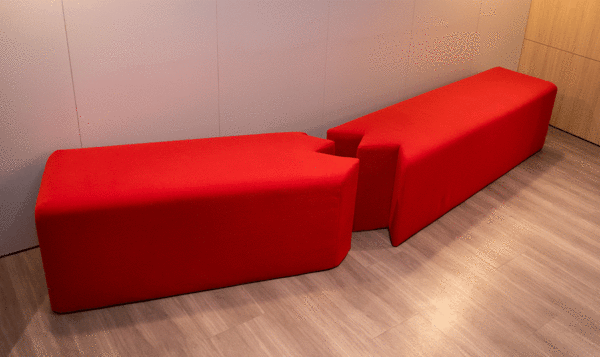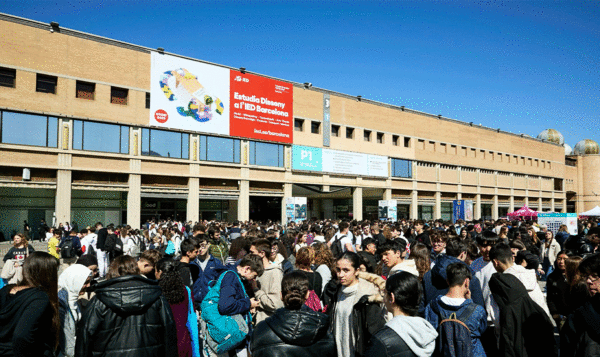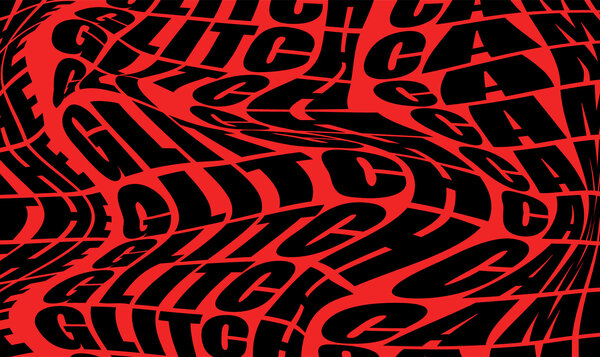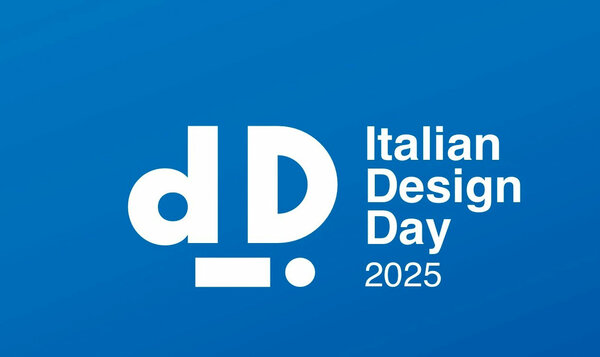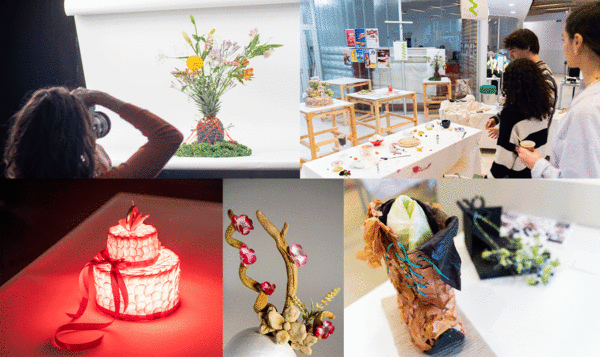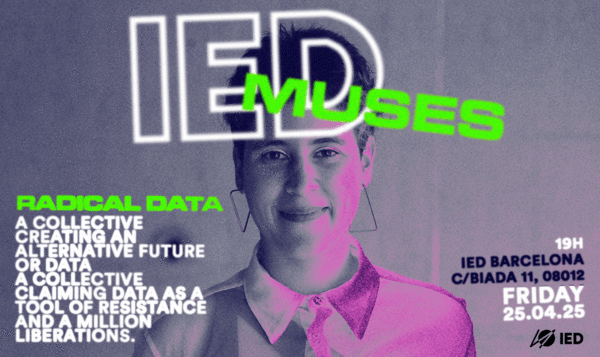
Sustainable Design
Acquire the skills and tools you need as a professional designer to work for a sustainable future, on projects with a social impact that make financial sense.
ESP
Language
Spanish
Start date
October 2025
Frequency
Evening
Fruition
On campus
Duration
10 Months
Course Coordination
Markel Cormenzana, Jon Marín
Price
A programme to turn your personal talent as a designer into projects that make a difference, working for an enterprise, organisation, or as an activist.
In the transition to a circular economy we have to come up with new concepts, designing and developing new products and services that have a positive impact in a social, economic and environmental context.
This is our commitment, and this Master Degree in Sustainable Design gives you the necessary skills to create sustainable designs. You’ll learn how to use critical and holistic thinking and acquire the specific tools and resources you need to make it your job to make a difference.
The programme takes a skill-development approach to learning based on a number of challenges and projects. You’ll be working with local activists and associations on projects to find solutions to the challenges we face in modern cities today: housing, health, climate change, biodiversity, ecosystem resources, the social solidarity economy, taking action against waste, and more.
Information to decide
A comprehensive, project-based learning experience in sustainable design, to turn your personal interest into professional development in a field that needs new designers.
The Master Degree in Sustainable Design is structured in blocks of related and convergent content to progressively acquire the necessary skills and know-how to meet the program goals.
Techniques and methods such as the flipped classroom or challenge-based learning, combined with theoretical and practical sessions, visits, workshops, round tables and lectures make it a dynamic, predominantly project-based learning experience.
Creative people interested in the potential of design as an instrument of change to find solutions to social and environmental challenges.
This Master degree is for industrial design engineers, product designers, fashion designers, textile designers or engineers who want to further their career in design. Architects and interior designers interested in sustainability-oriented product design and learning new creative methodologies will find the program both interesting and useful.
The Master in Sustainable Design trains designers to support the ecosocial transition through three core pedagogical principles:
· Skills development, combining technical, soft and strategic abilities oriented towards sustainability.
· Hands-on learning, through five themed projects addressing food, energy, technology and the urban environment.
· Integration of theory and action, to build meaningful solutions through reflective practice.
The programme is structured around four areas of focus:
· New ways of designing, exploring continuous innovation in design roles, methods and approaches.
· Theories of change, aimed at identifying and activating effective levers to intervene in complex systems.
· Transition visions, focused on creating narratives and prototypes to imagine ecosocial futures.
· Perspectives and mindsets, integrating critical frameworks such as post-growth, feminism and decoloniality.
Syllabus
The program is based on challenge-based learning and is composed of a series of competency blocks that will be developed through five assessable challenges. The competency blocks are as follows:
- Soft design skills and competencies
- Design methodologies
- Environmental and social sustainability
- Technical skills and competencies
- Economics and business
In turn, these blocks are distributed across different themes:
SUSTAINABLE DESIGN: Why do we say "sustainable design" when we mean "design"?
BASIC DESIGN TOOLKIT: What tools do I have if I want to design well?
DESIGNING SYSTEMS: What lies behind a design?
SUSTAINABLE DESIGN AS AN ECONOMIC DRIVER: Can you be sustainable and profitable?
SUSTAINABLE MATERIALS AND PROCESSES: Sustainability is not only about recycled materials.
COMMUNICATION: What abilities do I have to showcase what I've done?
QUANTIFICATION OF ENVIRONMENTAL ASPECTS: Can I really know how good my project is?
SERVICE DESIGN: Do I need a washing machine or clean clothes?
PROTOTYPING: We design, build, and, above all, test.
CREATIVITY: Pushing the boundaries of design.
DESIGNING FOR THE MANY: Investigating the capacity, strategies, and impact of design in shaping our society.
